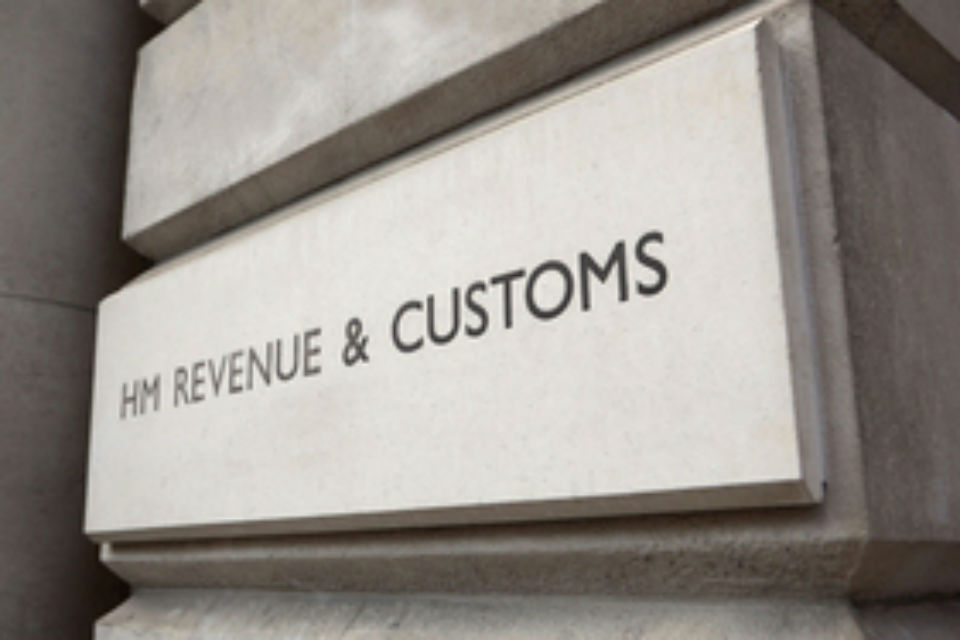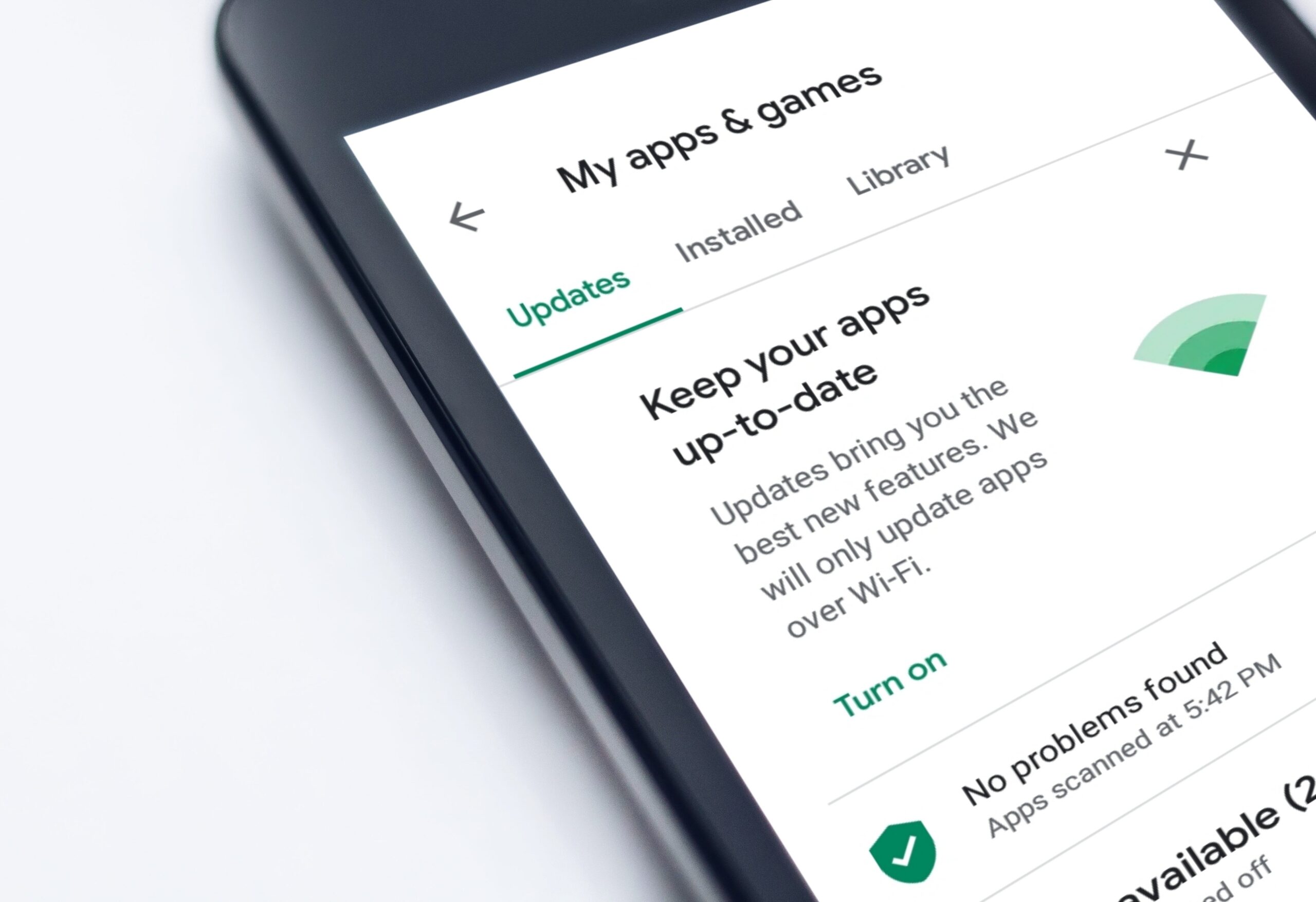Taxonomy sets out career paths and capabilities for 37 roles
The government wants to help direct people into digital, data and technology civil careers – Photo credit: Pixabay
The Government Digital Service has released its framework of digital, data and technology job roles, in a bid to give civil servants more consistency and clarity in their careers.
The framework, which has been in the works since last year, sets out 37 job roles, with defined levels and capabilities for each, to help put all civil servants working in the profession on an even footing, regardless of which department they are in.
It is part of Whitehall’s efforts to attract, recruit and retain digital specialists at a time when the public sector is struggling to compete with the salaries offered by the private sector, and recruitment practices are under greater scrutiny.
It aims to demonstrate the range of jobs available in government and give people a “more visible progression route for a long-term career in government”.
Related content
Interview: GDS leader Kevin Cunnington on ‘self-help groups’, spend controls and cold water swimming
GDS offers £125,000 for director to build digital, data and technology capability across Whitehall
Civil service to pilot online recruitment tool to cut reliance on ‘outdated’ technology
The framework also aims to make it easier to attract talent from outside the civil service, with descriptions “that the external market understands” – GDS director general Kevin Cunnington told PublicTechnology last month that the job families would use “the same taxonomy that’s seen in the outside world”.
And in a blogpost published yesterday (30 March), Arif Harbott, the former chief digital and information officer at the Ministry of Justice, said that the team was “actively engaging existing industry career framework bodies to see if there are opportunities for convergence and collaboration in the longer term”.
Harbott said that more than 600 people across government had been involved in the process and that GDS was piloting the framework with some departments to develop the resources that others will need to start using it.
The 37 job roles fall into six broad categories: data, IT operations, product and delivery, quality assurance and testing, technical and user-centred design.
Within each role there is a job description or a list of necessary skills for each of the levels – for instance data engineer, senior data engineer, lead data engineer and head of data engineering.
Commenting on the framework, Richard Knight, head of business analysis at the Department for Work and Pensions, said that it “increases our capacity and will enable mobility between departments by promoting consistent standards”.
Harbott added that the framework was a “living asset, not a final product” and that the team would “continue to iterate based on wider feedback and user behaviour”
This article was amended on 3 April to indicate that Arif Harbott is the former, not current, CDIO at the MoJ.



